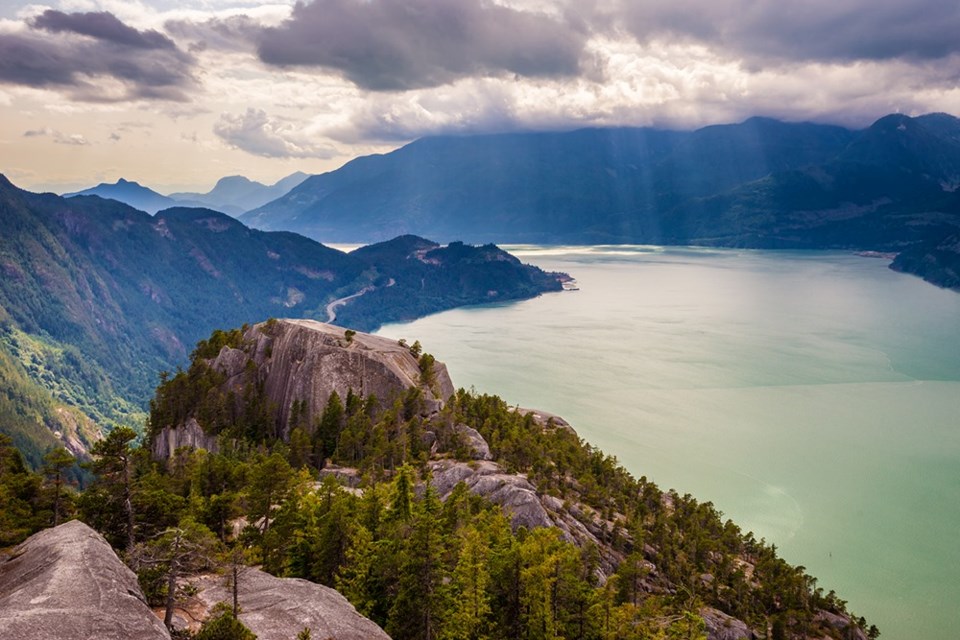With the countdown to the federal election set for Oct. 21 begins, The Chief asked readers what they are looking to hear from politicians to win their vote.
Several said climate change and environmental stewardship.
For the Sea to Sky, top of mind should be the protection of our waterways, in particular, Howe Sound.
With the many-year obsession with trying to block Woodfibre LNG, an impression of what is going on in the fjord seems to have been as muddied as the waters of the Mamquam Blind Channel after a rainstorm.
Here are some fast facts to consider from the Ocean Watch Maritime Industry and Large Vessel Traffic Howe Sound report (well-worth the read for any Squamish resident):
Even in 2015, 13,000 large vessels — over 20 metres long — travelled Howe Sound in a year. That equals 35 large vessels per day in the sound.
BC Ferries traffic makes up 72 per cent of all vessels moving through Howe Sound. About 80 vessels come through the sound to Squamish Terminals per year.
Woodfibre LNG will add about 40 tanker trips per year to the sound.
Burnco’s new gravel mine will add about 160 round trips.
The benefits of using water for travel and transport of goods are many.
One large vessel is equal to 69 to 80 tractor-trailer loads on our roads — we don’t need that. This means reduced air pollution and lower greenhouse gas emissions in the atmosphere, according to the report.
About $60-million worth of logs are shipped out of the Mamquam Blind Channel per year. Logs arriving in Squamish are worth about $40-million
But water traffic also increases risks to marine life, while vessel wakes cause shoreline erosion.
And while most of what would cause pollution in the sound is illegal, pollutants and contaminants from bilge water, grey water or sewage release is a concern and a risk.
There’s much the to-be-elected federal government could do to further protect our waterways and marine life, while still reaping the transportation and commerce benefits of water passages.
Increasing monitoring and enforcement and beefing up the Fisheries and Oceans presence in our area would go a long way.
Also, as the Ocean Watch report recommends, it would be wise to expand the Marine Mammal Response Network to offer guidance when marine life are struck by a vessel, or in distress; develop a specific policy for shipping activities in and around sensitive marine habitats.
And what about advocating for a Traffic Separation Scheme for Howe Sound? Basically, this creates lanes for vessels and where employed, such as in Vancouver Harbour, the number of collisions and groundings can be dramatically reduced, according to the International Maritime Organization (IMO). The feds would have to submit the proposal to IMO.
Should that be on the table?
These are things to think about when engaging with politicians and their platforms in the coming months.
As the weeks progress, The Chief will continue to highlight areas and bring context to others that voters can consider as they prepare to cast their ballot.
Stay tuned.



